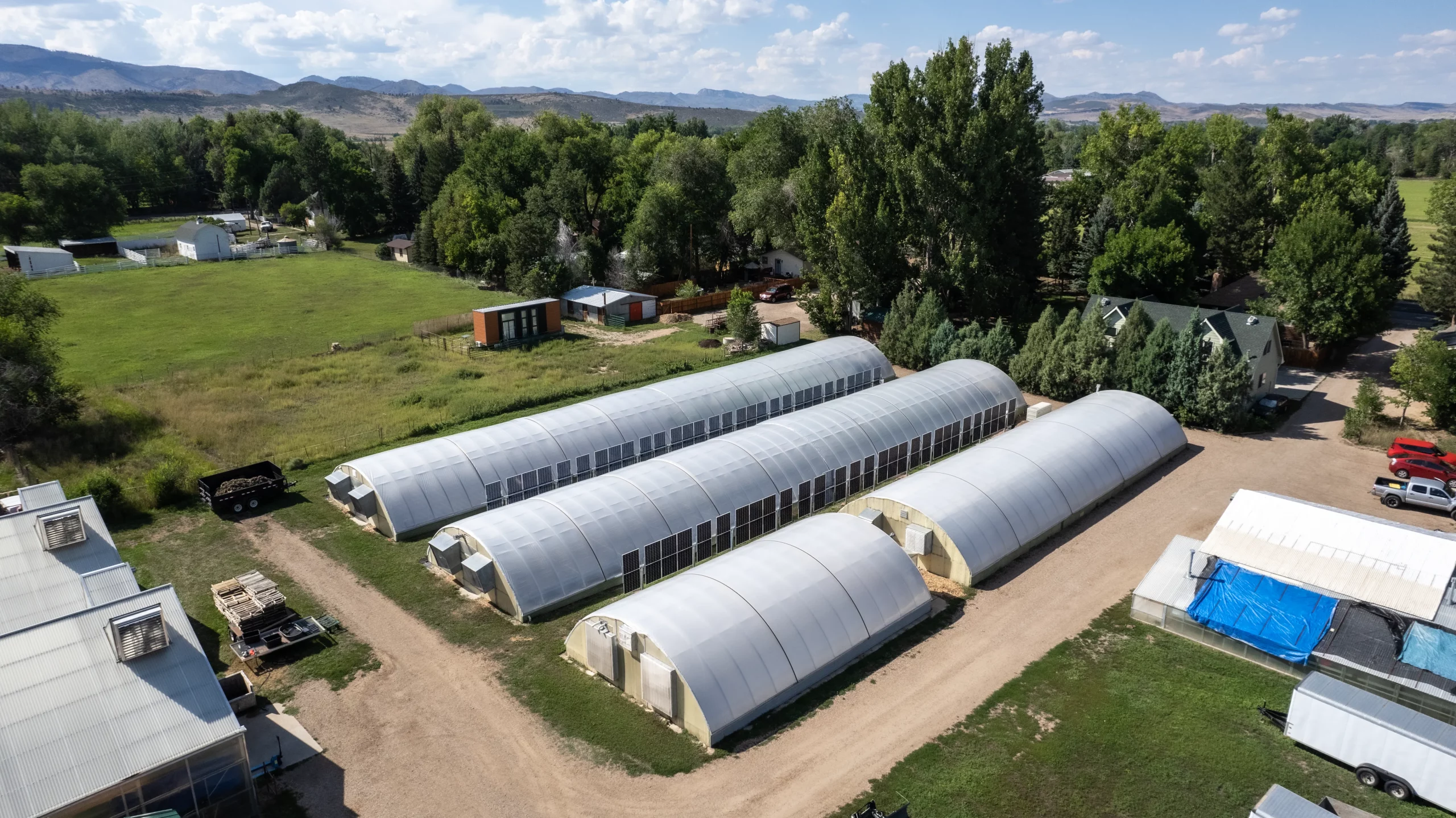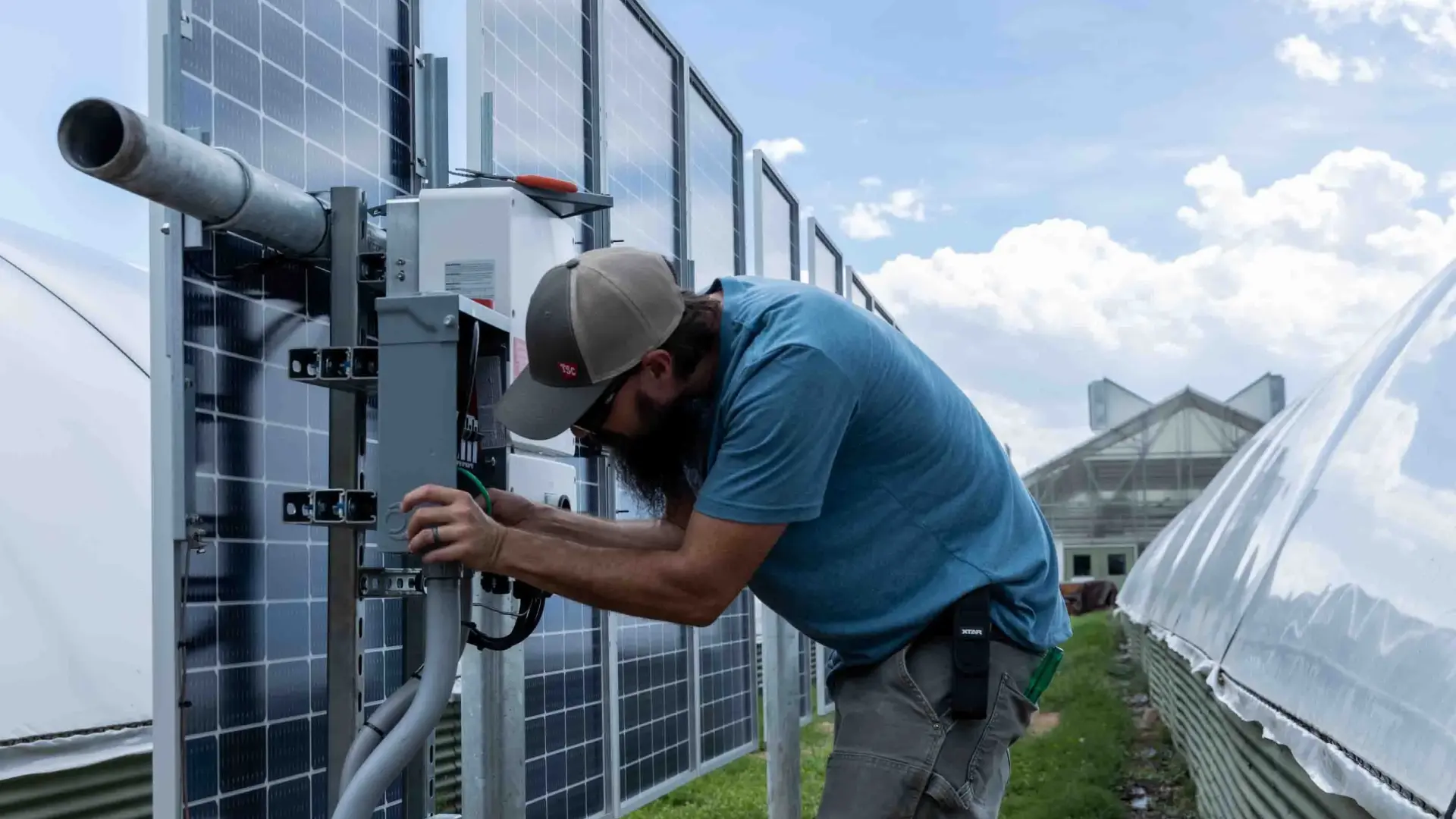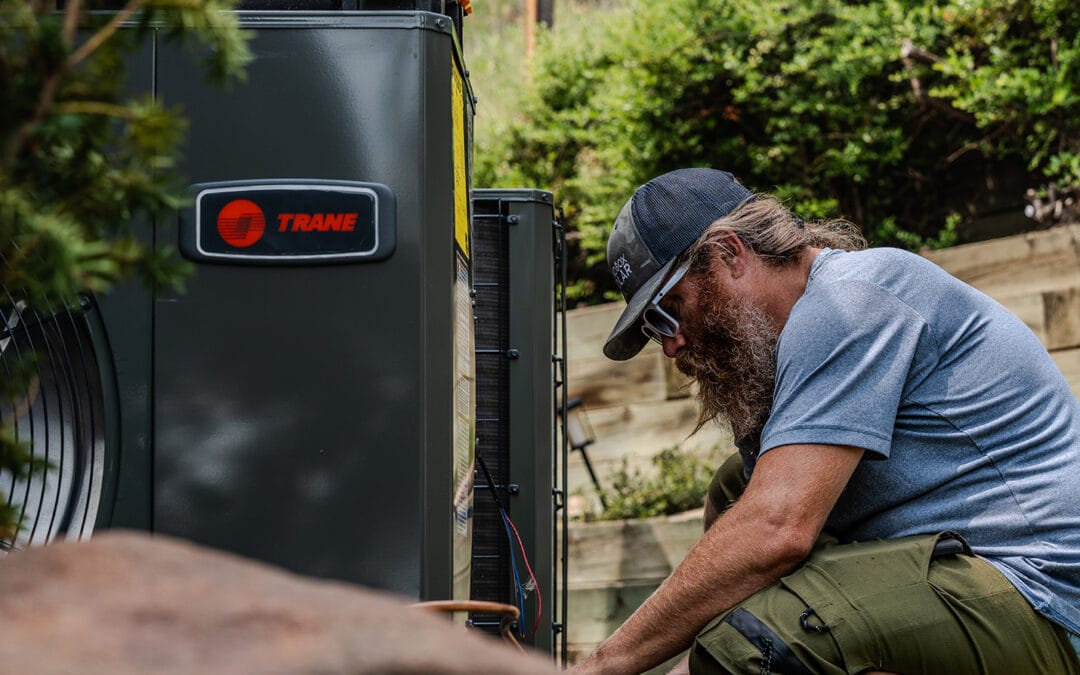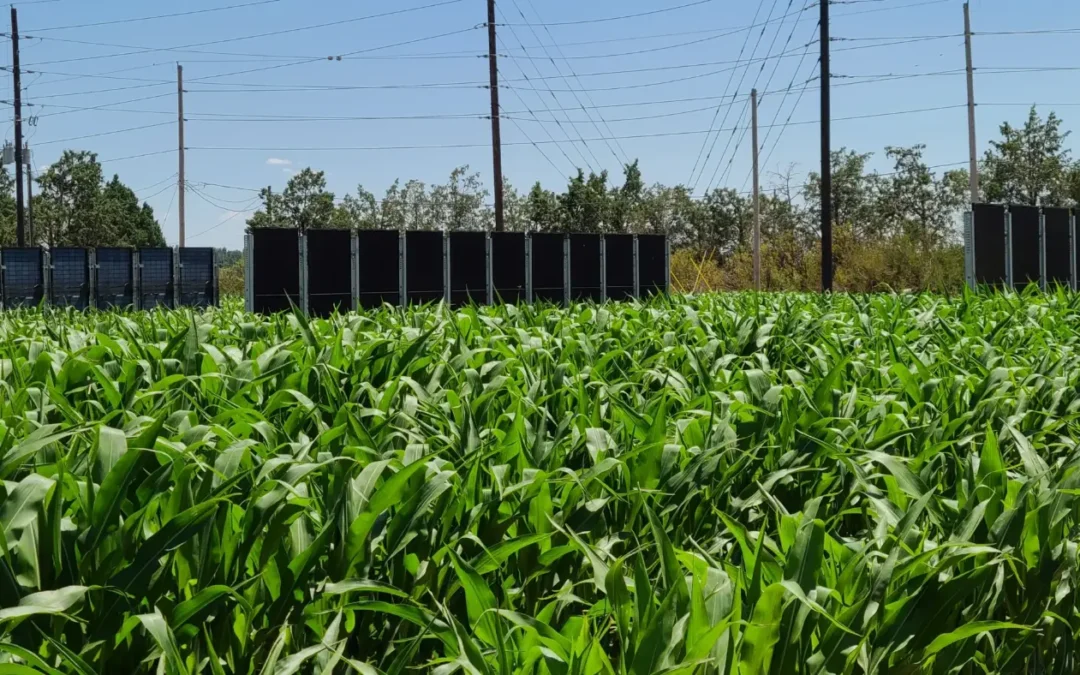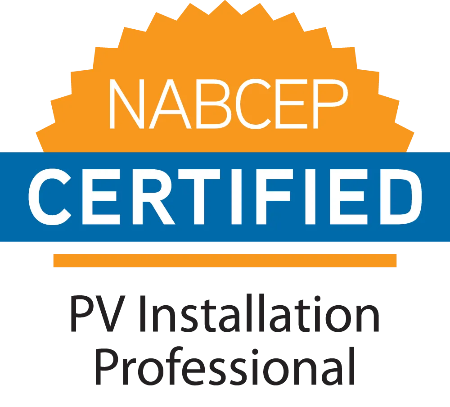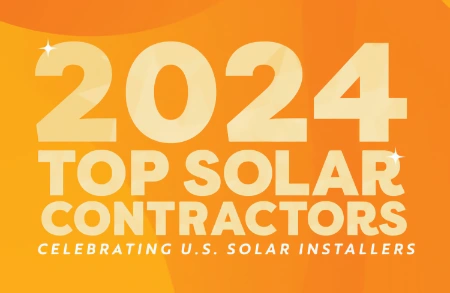What are Bifacial Solar Panels?
Bifacial solar panels absorb sunlight from both sides of the panel, whereas traditional solar panels can only absorb from one side of the panel. However, not only can they absorb sunlight directly, they can also absorb rays that are reflected off the ground, or other material. Therefore, these panels are incredible versatile and are used in many different and unique situations. We used this technology to construct bifacial solar fence agrivoltaics for a local farm in our community.

How are bifacial solar panels used?
Bifacial solar panels are typically used in commercial or utility scale applications, not your standard residential roof installation. However, as new solar markets emerge, Sandbox Solar is using these panels in new and innovative ways. Solar arrays that can utilize bifacial solar panels are as follows, solar pergolas, solar car ports, light posts, solar fences, gardens, and more. In other words, areas where sunlight can be reflected and absorbed by both sides of the panels throughout the day. Contractors can now think creatively about how to structure solar arrays. This includes, merging arrays with their surroundings to optimize land-use, benefit agriculture practices, and produce more renewable energy.
These panels present a whole new way of thinking when it comes to integrating solar energy into unique and complex situations. However, its use in the agrivoltaic field is new to North America. Most importantly, it is an exciting prospect for future solar challenges.
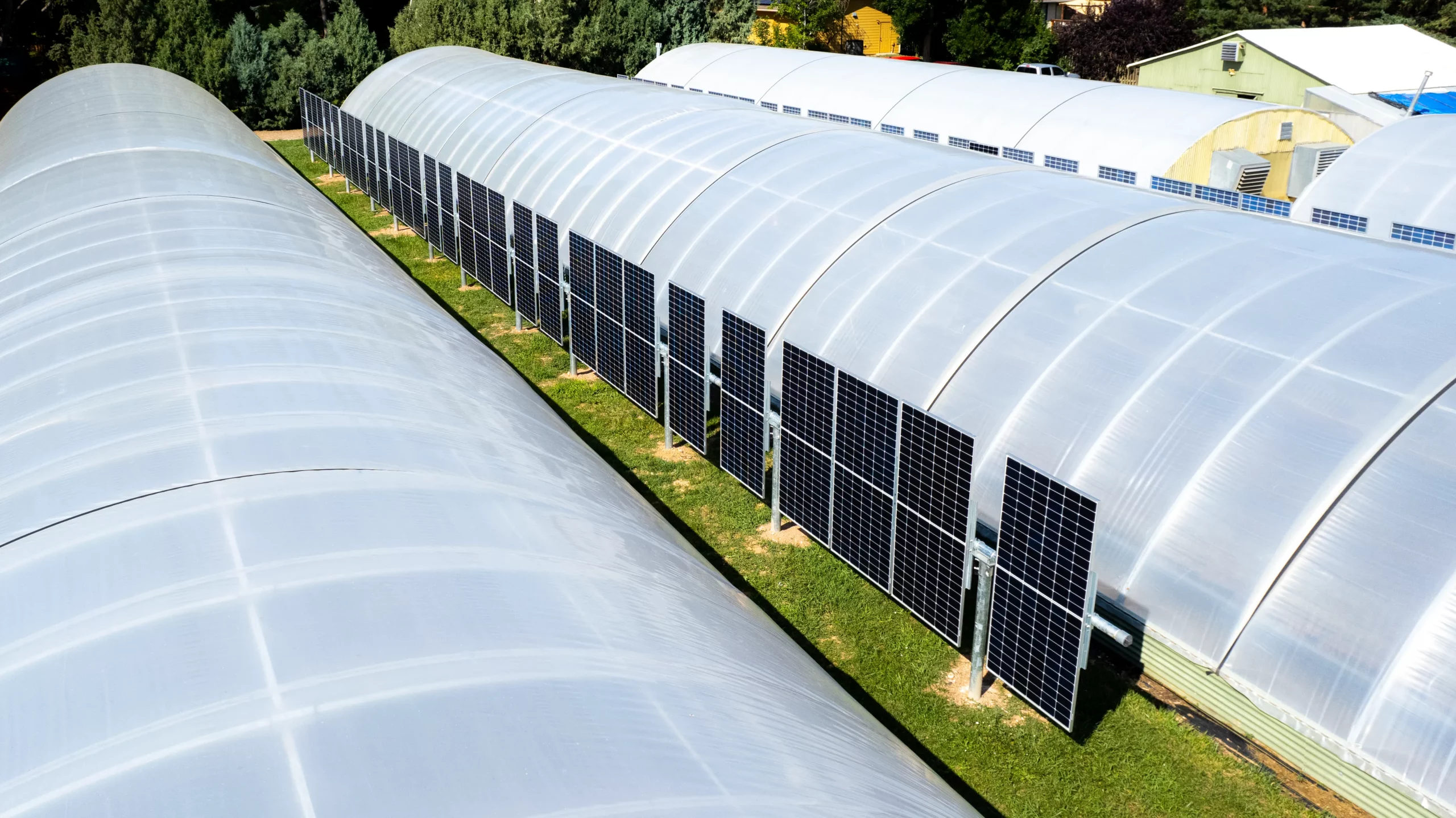
Why would you use Bifacial Solar Fence Agrivoltaics? (Advantages and disadvantages)
Bifacial panels are utilized in many different situations and for different reasons! Although, these situations don’t include roof mounted applications. Bifacial panels need both sides of the panels exposed to direct sun rays and reflected rays in order to be effective. Increased energy production, project versatility and solutions to solar land-use conflicts are some advantages of bifacial solar panels. However, increased cost and available reflective surfaces must be present for the panels to be optimized are some disadvantages.
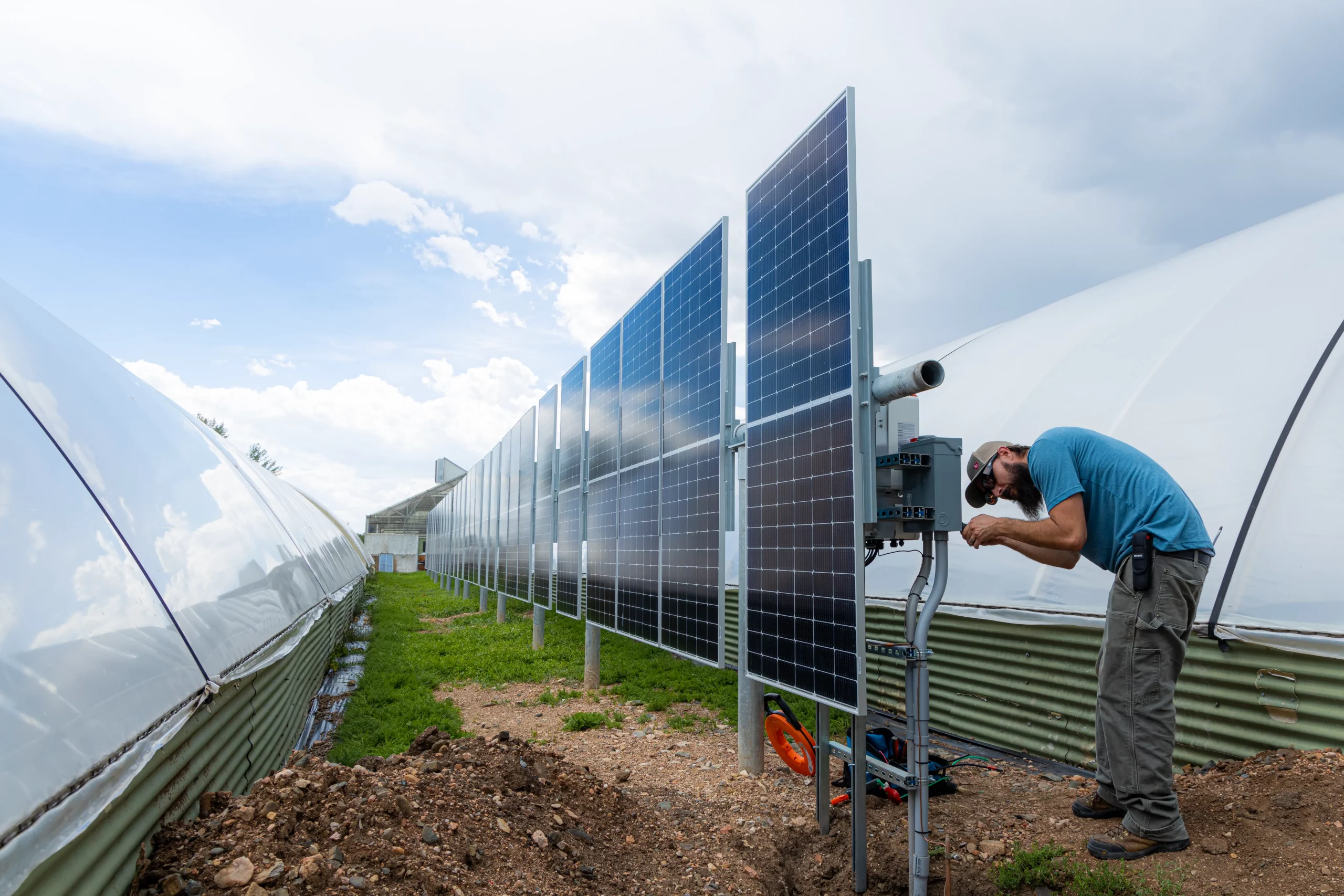
How did we use these panel in an Agrivoltaic Project?
We worked with a local Fort Collins farm called Spring Hill Greens, they grow micro greens for grocers across the state. Their goal is to be as carbon neutral as possible in order to do their part to combat the climate crisis. However, they don’t have enough land to spare for a conventional solar array. They reached out to the agrivoltaic company, Sandbox Solar to find solutions to this problem!
Sandbox Solar is one of the few agrivoltaic companies in the state that specialize in agrivoltaic solar arrays. Agrivoltaics combine solar power with agricultural practices in order to maximize crop yields, energy production, solar land-use and more. Collaborating with clients to develop unique solar arrays is a Sandbox Solar’s specialty! Spring Hill Greens believed we would meet their needs and beyond. Therefore, we were extremely excited to take on this challenge and introduce our farmers to bifacial solar panel agrivoltaics.
Agrivoltaics is a new and growing market in the solar and agriculture industry. These techniques provide the solar industry a pathway to merge with agriculture in order to optimize land-use, crop yield, and water usage. As solar energy continues to grow, issues will arise, and agrivoltaics is a viable solution!
